The Mechanized River Valley Access (MRVA) in Edmonton, Alta., is the engineering winner in the 2019 Canadian Institute of Steel Construction (CISC) Alberta Steel Design Awards of Excellence competition.
CISC Alberta members of the winning team are DIALOG (designers), Norfab Manufacturing (1993) Inc. (steel fabrication and installation) and Supreme Group (steel fabrication and installation).
MRVA, known formally as the 100 Street Funicular and Frederick G. Todd Lookout, is owned by the City of Edmonton.
The facility has transformed part of the city’s landscape and become a popular recreation destination for residents and tourists.
Edmonton’s North Saskatchewan River valley is the largest urban parkland in North America, but the valley and trail system along the river isn’t easy to reach. It is cut off from the top of the riverbank, in downtown Edmonton, by a steep slope and a network of roads that run beside the river.
MRVA is a unique solution to the river valley’s accessibility challenge.
City of Edmonton spokeswoman Suzzette Mellado says the 260-metre-long MRVA runs from the top of 100th Street near the Hotel MacDonald to the river valley trail system near the Low Level Bridge.
“While the funicular may be the most attention-grabbing and unique feature of the project, there are other components, too,” said Mellado. “They include wide urban stairs with seating, a promenade and seating area, a pedestrian bridge (over Grierson Hill Road) and lookout, and an elevator to the river valley trails. Mechanized access has created a new destination in our city.”
The funicular, a cable railway on a steep slope, enables cyclists, parents with strollers, people in wheelchairs, and persons of all abilities to get up and down the steep slope easily and without charge.
Construction of the funicular began in early 2016 and was completed at the end of 2017.
There are only three funiculars in Canada; in Edmonton, Quebec City and Niagara Falls.
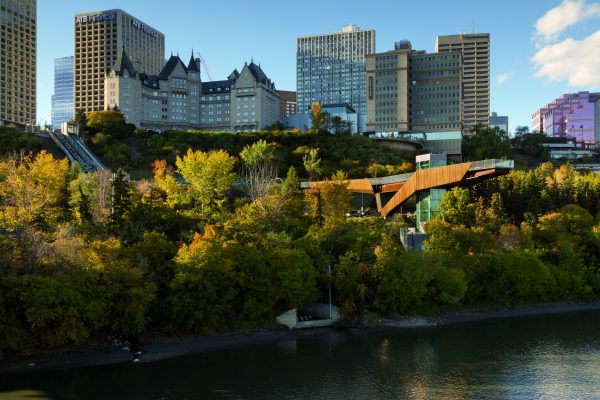
The funicular uses an innovative drive system, a large winch connected to a cable that pulls the cabin up the hill.
When the vehicle moves downhill, it rotates the motor and generates electricity, which is returned to the grid.
Jeff DiBattista, practice principal in the Edmonton office of DIALOG, says structural steel was the right material for the project, because it is practical and aesthetically pleasing.
“Because the funicular is built on soft soil – clay and sand – we had to minimize the weight of the installation,” he says. “Instead of using concrete, we used helical steel piles – screw piles – to enable us to build on the hill.”
At the bottom of the hill, a glass elevator and stairs enables visitors to reach the river valley trails.
“The elevator shaft supports the pedestrian bridge laterally and vertically, and continues the galvanized aesthetic,” says DiBattista. “Steel allows the bridge to be supported without needing bearings, because the whole elevator shaft moves longitudinally with changes in temperature.”
The steel elevator shaft supports glass all around for a visually lighter structure and enables passengers to admire views of the river valley while they are being transported.
The Supreme Group office in Acheson, Alta., fabricated the steel girders, bracing, tower steel and stairs, and engineered the installation of the structure and the main structural steel of the pedestrian bridge and tower.
“There were numerous challenges caused by the complexities of the structure,” says Todd Collister, Supreme’s director of client services. “Some of the challenges revolved around the difference between designed deflections and actual deflections.”
Other problems involved making the final connection at the tower to allow for the correct expansion, contraction and rotations of the bridge when it is in service, while keeping the proper tolerances to enable the operation of an elevator in the tower.
“Supreme and DIALOG worked together and leveraged the 3D model to attain an accuracy of one to two millimetres in the final placement of steel,” Collister says.
Supreme used its expertise in 3D modeling and in-house shop-drawing development to work through the challenges it and DIALOG faced.
“Using the details generated by the models, Supreme was able to size the appropriate cranes and identify the best location that would minimize traffic interference and get the job done,” says Collister. “By pre-assembling large elements of the pedestrian bridge and taking care to understand and prepare for the deflections of the overhand and tower connections, Supreme was able to install the bridge safely with minimal traffic interruptions.”
In addition to engineering, there are six other categories in the 2019 awards: architecture; bridge; sustainability; building communities; collaboration; and steel edge.


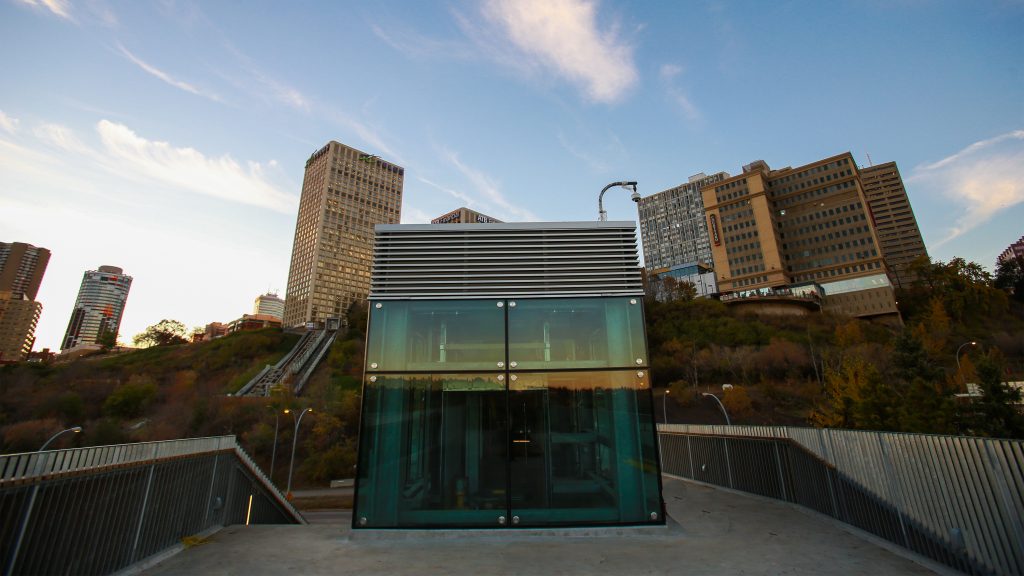

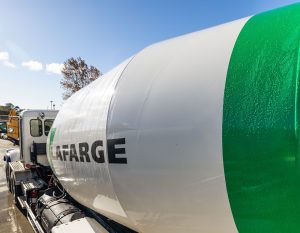


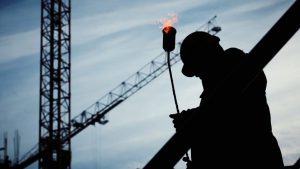
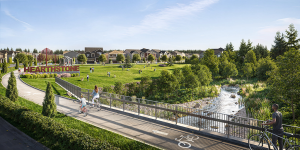
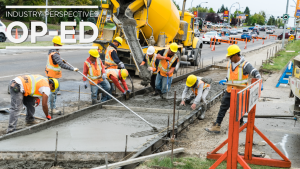

Recent Comments
comments for this post are closed